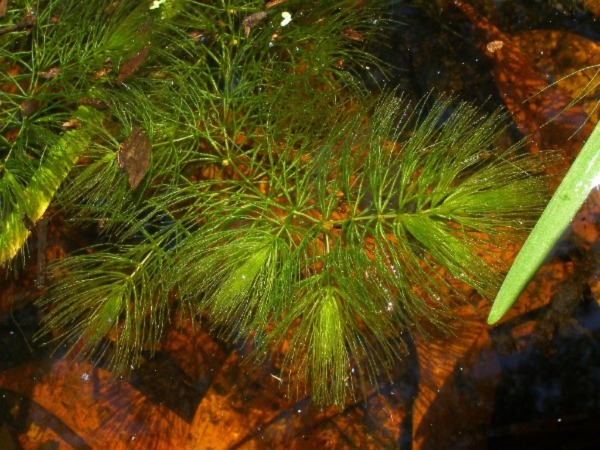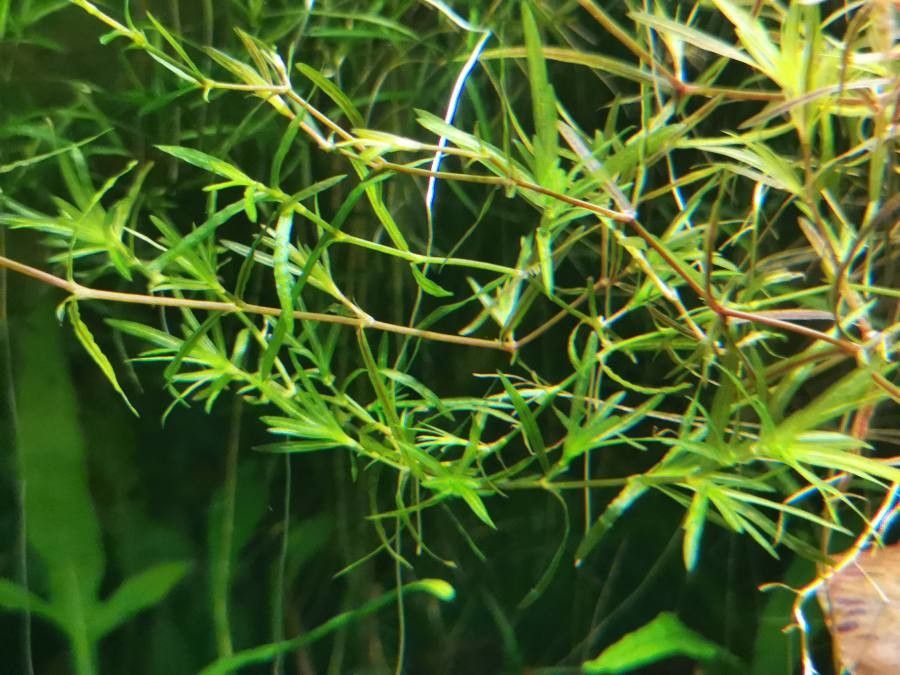Guppy Grass vs Hornwort: Which Is Best?
Posted by on 01/20/2023
We use affiliate links and may receive a small commission on purchases.
The planted tank hobby offers a wide variety of aquatic plants, each with unique care needs and appearances.
Both experienced and new hobbyists can benefit from using plants that are easy to care for, affordable, and have low maintenance requirements. Two popular options are Guppy Grass and Hornwort, both of which offer many benefits in a planted aquarium.
In this article, we will compare these two plants and provide recommendations for their use in different scenarios.
December's Giveaways on Light Fish
Species Summary
Both Hornwort and Guppy Grass are ideal choices for hobbyists new to planted tanks. These hardy plants have low nutrient requirements and can thrive on the waste produced by tank inhabitants.
They are a great starting point for those interested in caring for more advanced aquatic plants and can add beauty to any freshwater aquarium.
Advanced planted tank hobbyists also value these plants for their ability to soak up excess nutrients, making them a useful addition to aquariums with low plant biomass. They provide a helping hand in the battle against algae and can serve as a temporary addition for slower-growing plants to mature.
Hornwort
Hornwort (scientific name: Ceratophyllum demersum) is a widespread plant found on every continent except Antarctica. In the wild, it can grow to be quite large, with stems reaching up to 10 feet in length. Due to its fast growth, durability, and ability to propagate, it's actually considered a weed in Australia and New Zealand.
Being a free-floating plant that doesn't need to root, it is highly adaptable in nature. Its adaptability has made it a suitable candidate for space exploration and it was included in the artificial ecosystem sent to the International Space Station by the German University of Hohenheim in 2013.
The plant has needle-like leaves that sprout from nodes along the stem and are tightly-grouped together, giving it a bushy, fluffy appearance in a planted aquarium.

Guppy Grass
Guppy Grass (scientific name: Najas guadalupensis) is native to Canada but can also be found throughout North and South America. It is a branching plant with a wild-growth appearance. When frequently trimmed, it can take on a bush-like shape in a planted aquarium.
The plant is known for its ability to provide cover for guppy fry (for which it's named after), as its leaves twist and curve to create numerous small hiding spots for fish and invertebrates.
This plant is fast-growing, easy to care for and tolerant of most water conditions. It is also easily propagated and is often traded among breeders and hobbyists who desire a low-maintenance, fast-growing plant.
👉 Shop Guppy Grass ($40) from PK Endlers

Best Option to Combat Algae
One of the best uses for both of these plants is combating algae. While they'll both promote algae die-off, we recommend going with Hornwort.
Hornwort grows incredibly fast and many hobbyists consider it to be one of the fastest-growing plants in the hobby. With this growth-rate, comes an increase in nutrient uptake, ultimately outcompeting algae.
We recommend floating hornwort as opposed to planting it directly in the substrate. Once you notice algae starting to disappear, you can easily remove the hornwort from the tank.
While hornwort can attach to gravel, it's easy for this plant to be accidentally trimmed, and due to its rapid growth, it can easily overtake an aquarium. It can be difficult to completely eradicate hornwort from a planted tank once it's taken hold.
Best Option for Ease of Maintenance
If you're looking for a "set it and forget it" plant, go with Guppy Grass.
The needle-like leaves of hornwort can easily spread throughout an aquarium, making removal a frustrating experience. Guppy grass tends to be easier to maintain when it comes to trimming, and you can easily scoop up the trimmings with a fish net .
🛒 Shop Aquarium Plants Fish on Light Fish
Best Option for Breeding Shrimp or Fish
If you plan on breeding shrimp, such as orange pumpkin shrimp or freshwater fish such as blue emperor tetras or guppies, you can't go wrong with Guppy Grass.
The jungle-like growth from this plant provides an area of refuge for baby fish and shrimp, making their transition into adulthood a bit less stressful. Plus, it's easy to propagate if you need more hiding spots for your newborn inhabitants.
Best Option for Propagation
Both Hornwort and Guppy Grass propagate easily. All you need to do is trim the plant, provided enough light and nutrients in the water column, they'll readily grow.
However, we recommend going with Guppy Grass if you plan on propagating the plant to either sell online or trade with other hobbyists.
While Hornwort is still a good option, the needle-like leaves of this plant can make a mess when trimmed, and the last thing you'll want to be spending your time on is fishing out individual leaves from your planted tank.
Conclusion
Both Hornwort and Guppy Grass are suitable options for a planted aquarium, as they offer similar benefits. The choice between the two ultimately comes down to personal preference and what you're trying to achieve with your planted tank.
Now that we've covered the basics, do you think you're up for the challenge of growing one of these aquatic plants? Let us know by commenting below, and check out our marketplace, where you can buy and sell aquatic plants with other hobbyists.
December's Giveaways on Light Fish






